After Napoleons exile to St. Helena, France was refounded as a Constitutional Monarchy under the crown of Louis XVIII. He was brother to the absolutist monarch Louis XVI, who famously lost his head to the guillotine in the throes of the French Revolution. Louis XVIII sought to bring back many of the trappings of the lost monarchy, including refounding the famous Musketeer companies and the Royal Bodyguard – the Garde Du Corps.
Formed from aristocratic men and numbering at over 1,500, the Royal Bodyguard witnessed some of the most tumultuous events of the French Revolution as the troubles engulfed their monarch. In October of 1789 the Garde Du Corps were forced to blockade the Royal apartments as the Palace of Versailles was stormed by a furious mob, eager to kill Queen Marie Antoinette for her ostentatious displays of luxury at a time of skyward bread prices. Only 61 guardsmen were within the palace at the time, and they feverishly protected their charges from hundreds of rioters until reinforcements dispersed the mobs. Several men of the bodyguard were killed in the rampage and the crowd had even put their heads upon pikes.
After such a harrowing display of the general displeasure in France, the Royal Family relocated to the Tuileries Palace in Paris in an attempt to appear less aloof from the people. The protection of the King in Paris fell to the Swiss Guard and the Garde Du Corps largely dispersed thereafter, leaving for their estates. They were officially disbanded in 1791. Perhaps many of the Garde Du Corps felt lucky that the garrison duty fell to the Swiss, for in August of 1792 the regiment was massacred as the palace was besieged by Revolutionary militias and an armed mob. Running short on munitions, over 800 of the Swiss Guard were killed or executed.
After the Revolution, and in the wake of Napoleons Empire, the newly restored Bourbon monarch Louis XVIII restored the Garde Du Corps as he recreated some of the pomp and grandeur of the Ancien Rime. The Garde committed to its duties faithfully until being disbanded in 1830.
This recreated saber of the Garde Du Corps has an unsharpened blade of tempered high carbon steel. The blade bears regal inscriptions identifying it as a sword of the royal bodyguard alongside the royal devices of the fleur-de-lis and the sun. The hilt is of cast brass and the grip is covered in tight black leather overlaid with spiralled brass wire. The inside of the hilt bears the inscription of the manufactory at Versailles alongside two recreated manufacturer and inspection markings. The hard-core scabbard is of wood overlaid with black leather and brass accents and two brass hanging rings.



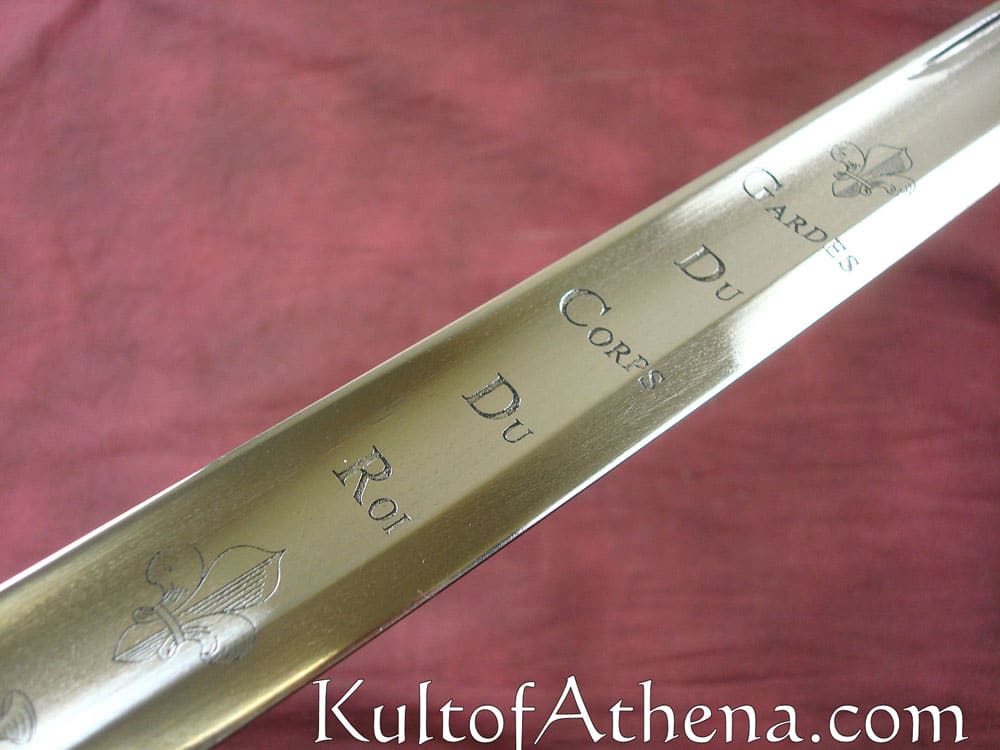

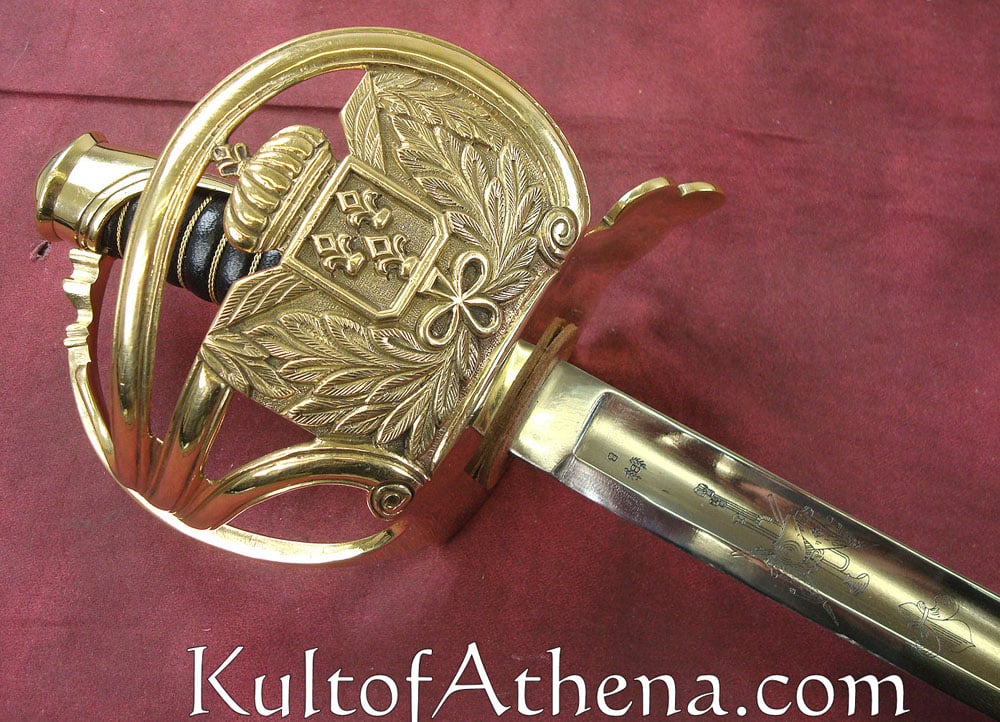
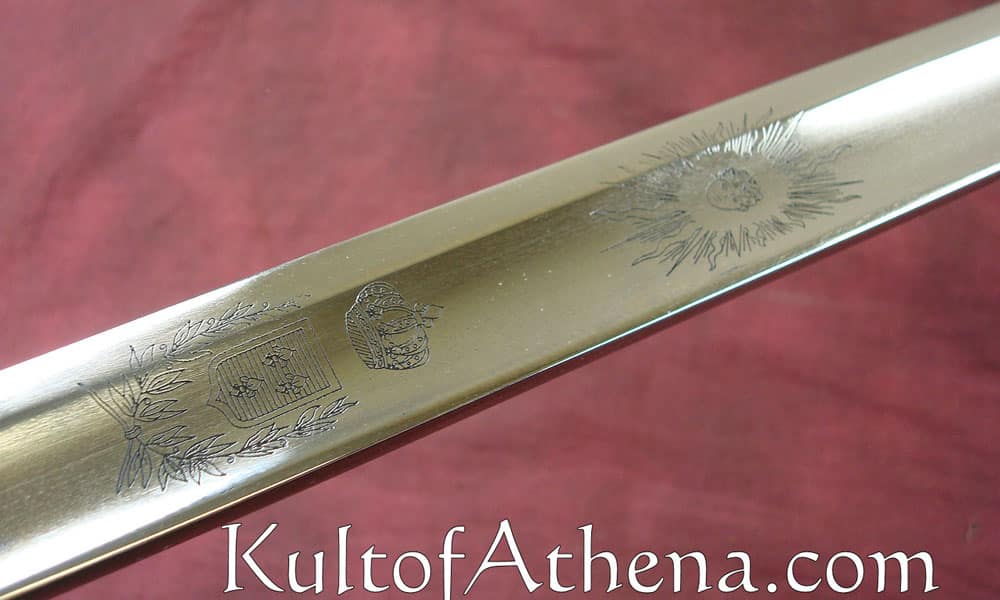
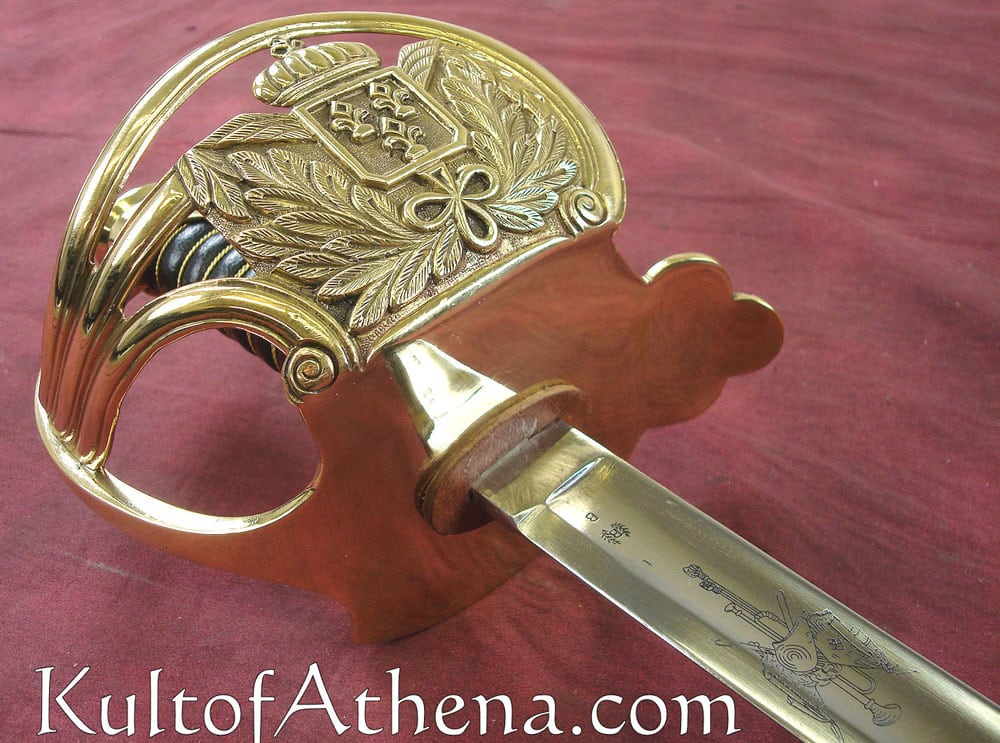
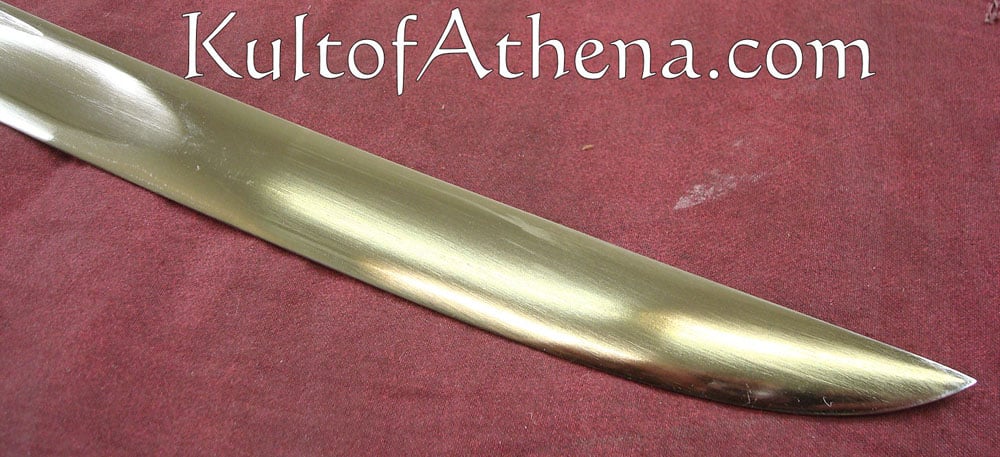
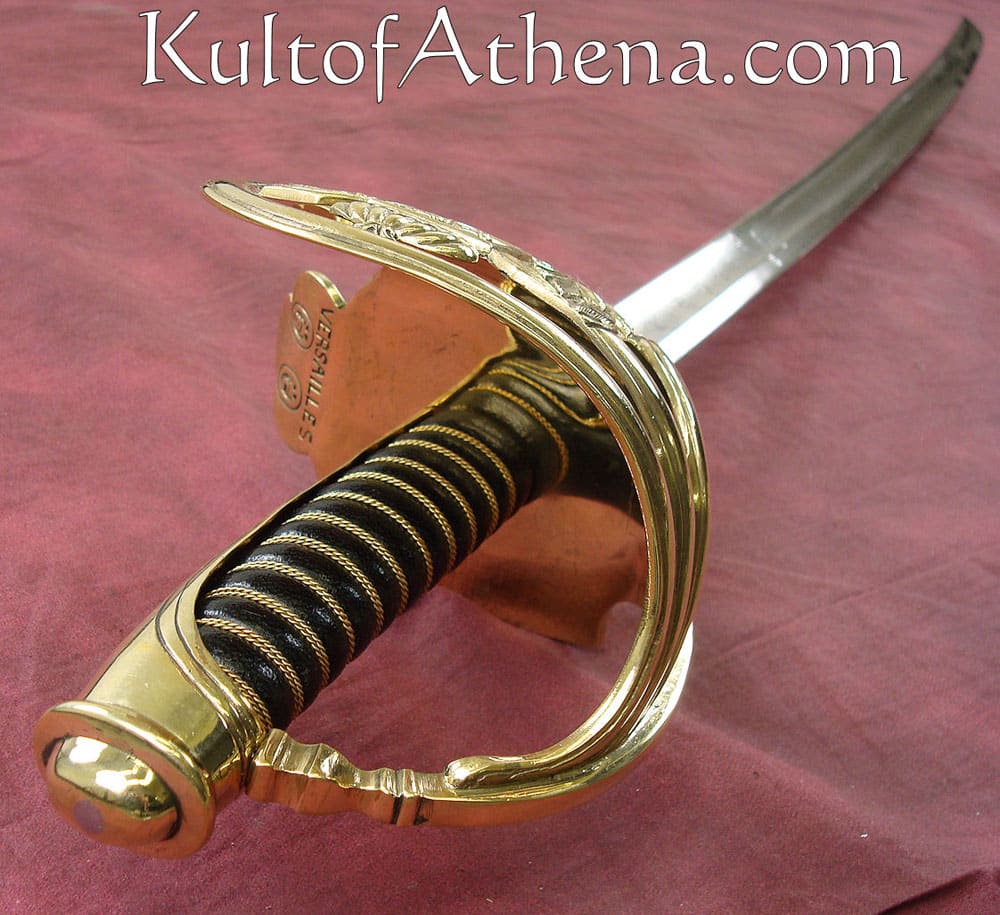
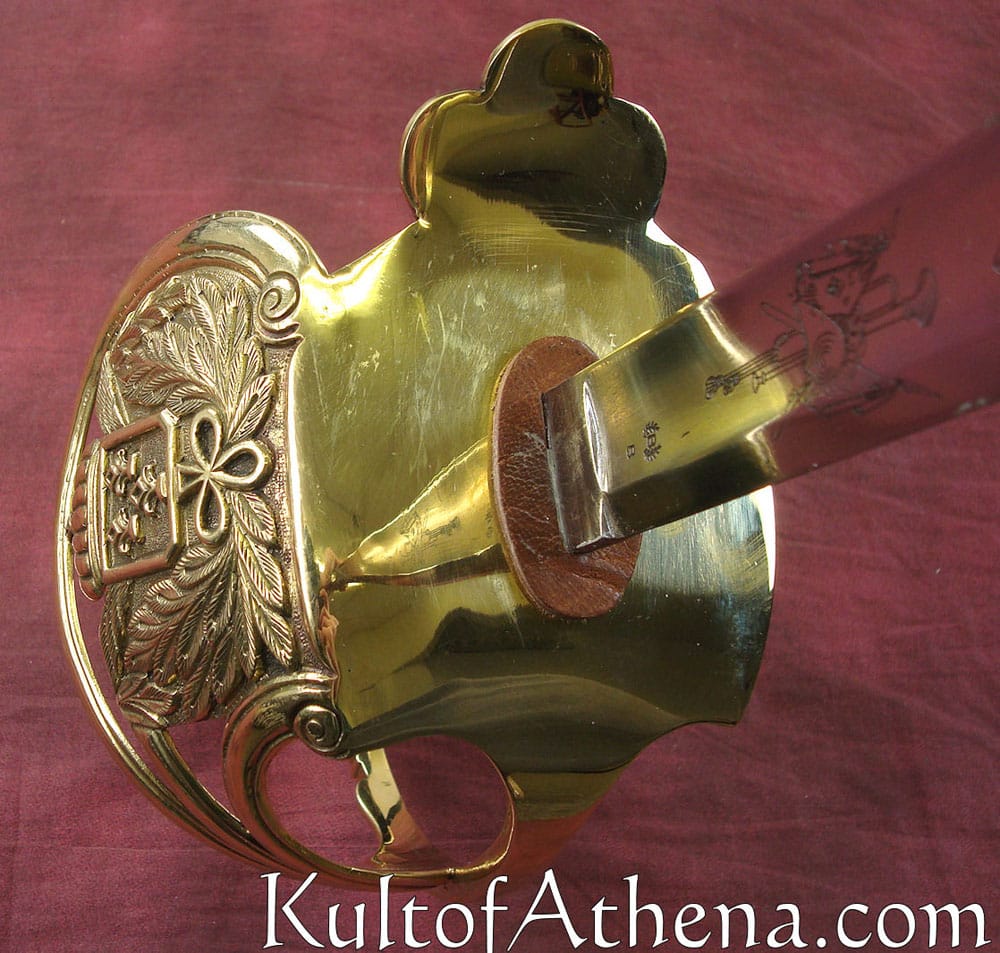











Reviews
There are no reviews yet.